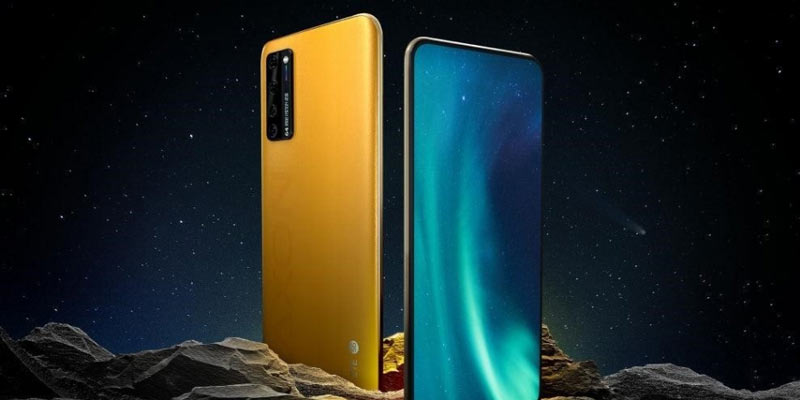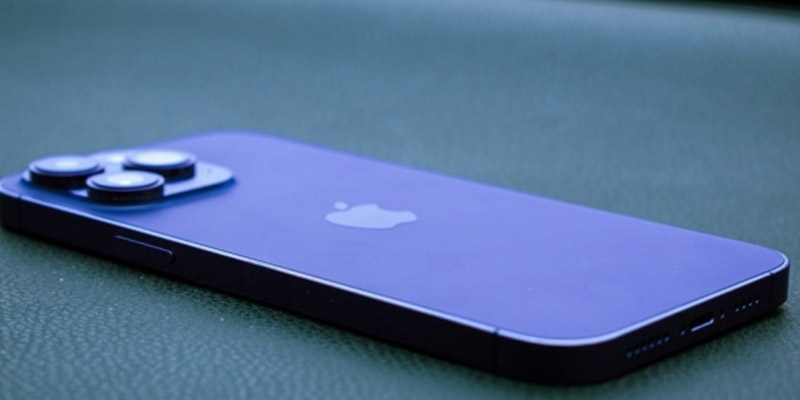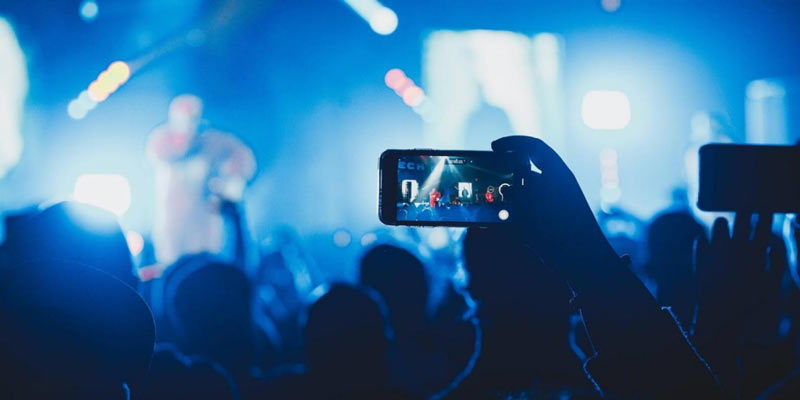Over the past few years, smartphone manufacturers have been evolving their devices with fast-changing trends. From tiny cutouts and iPhone-ish notches to full-fledged top bezels, smartphones’ faces are featuring more advanced technologies. However, regardless of whether you’re someone who admires barren black patches or wishes to go with no-notch, a truly full-screen future for mobile phones is coming. That means your phone’s camera will be placed beneath the display. Isn’t it impressive?
Mobile phone makers are either working on their under-screen camera technology or have already turned their dreams into reality. Though the technology has yet to be adopted widely due to the complexities involved, it is expected to become a subtle feature for all high-end smartphones. In 2020, ZTE Axon 20 5G was the first mobile phone to come out with an under-display camera technology. Later on, Samsung and Xiaomi also released their devices with this impressive feature.
Having said that, the world’s renowned phone manufacturer, Apple, has reportedly commenced work on under-screen cameras for its new iPhones. This technology will bring all-screen bezel-less Apple phones to your table in the future.
You might be curious to know when Apple will configure an under-screen camera for its iPhones. Therefore, we have designed this essential pocket guide. Here, we will share when Apple is going to introduce its all-screen iPhone. Additionally, we will walk through the advantages and disadvantages of the under-display camera to help you understand this technology more comprehensively.
When will Apple also Configure an Under-Screen Camera?
Apple has already replaced its traditional notch display with a more advanced Dynamic Island. According to multiple sources, the company is actively working to develop its future iPhones with under-screen cameras. That should mean Apple is aiming to remove its Dynamic Island cutouts altogether.
Also, some rumors say that Apple’s suppliers in Korea are working harder to introduce under-display camera (UDC) technology for future iPhones. So, the new iPhone models will have a smooth, all-screen look. The under-panel camera technology aims to conceal the component cutout on a smartphone’s screen. It ensures an uninterrupted viewing experience during activities like video watching or gaming.
Reports show that LG Innotek is striving to give future iPhones an all-screen look. However, some complexities are involved in UDC technology, particularly with how light goes through the phone’s display, which can affect brightness and image quality.
To solve this technical issue, LG Innotek is trying to create a unique lens called “Freeform Optic.” This new lens aims to make photos more transparent around the edges. Also, LG Group is trying to increase how much light can go through the screen. They are aiming to reach around 40% by the end of 2024, and this is exactly what Apple wants.
Some big reports and rumors say Apple plans to introduce its under-display Face ID for iPhone 17 lineup in 2025. According to an industry expert, Ross Young, Apple will be able to use under-screen cameras for its 2027 Pro iPhone series.
What is an Under-Screen Camera?
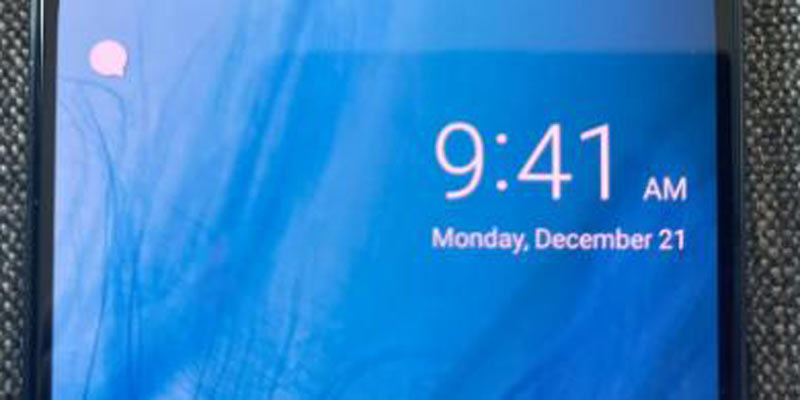
The under-screen camera is an impressive feature that is available in a few modern smartphones. It lets front cameras produce the highest-quality images even after being beneath the display. The devices with screen-embedded cameras need to have a display-in-a-display technology. Also, the part of the screen that goes over the front camera is kept transparent.
The primary display of phones with under-display cameras is made up of LED or OLED technology. Plus, the small cutouts use a particular glass, allowing the camera to capture light even when it is settled under the screen. These small holes or cutouts are usually visible even when your phone’s camera is turned OFF.
The demand for all-screen smartphones has increased significantly in recent years. Today’s consumers demand the largest possible phone display while being able to hold it comfortably. For most users, the free edges around the screen can be used for content. So, considering these users’ demands, smartphone manufacturers, including Apple and Samsung, are trying to hide sensors and other parts behind the display to give users a more convenient and personalized viewing experience.
Advantages and Disadvantages of Under-Screen Cameras
As mentioned earlier, more and more smartphone makers are trying harder to come up with all-screen mobile phones. BUT before sharing the list of phones with screen-embedded cameras, here is a quick look at the benefits and limitations of this new piece of tech:
Advantages of Under-Screen Cameras
Improved Viewing Experience
The bezel-less full-view screen can take content consumption to the next level. The under-display camera technology can effectively kill any need for a notch. That means you don’t have to deal with obstructive elements anymore that might disturb your viewing experience during several activities.
Enhanced Durability
The absence of physical elements, free spaces, and punch holes on the display can significantly improve the structural integrity of your smartphone. Full-screen mobile phones have fewer vulnerable points that can be susceptible to damage.
Simplified Design
Under-display camera (UDC) technology simplifies the device’s design by eliminating the need for punch holes, pop-ups, and notch mechanisms. This simplified design makes the smartphone look more elegant. Additionally, it can reduce the overall production cost by streamlining the manufacturing process.
Larger Screen Real Estate
In addition to contributing to cleaner and more appealing aesthetics, the under-screen cameras increase screen real estate significantly. With UDC technology, the entire screen of the mobile phones can be utilized for the display. That means you can get a wider space for content consumption during several activities, such as browsing websites, playing games, and watching videos.
Disadvantages of Under-Screen Cameras
Poor image quality is one of the primary concerns associated with under-display cameras. It becomes challenging for the front camera sensor to capture the highest quality pictures as the light has to go through multiple layers of glass. However, giant smartphone manufacturers like Samsung are trying to overcome this challenge.
Samsung Galaxy Z Fold 3 uses robust software and AI processing capabilities to resolve the issue of poor image quality associated with under-display cameras. Though it has resulted in better image quality, users still face the same problem during video calls.
Moreover, “Blurrier Patch” is another common challenge associated with under-screen camera technology. It might pop up when gaming or binge-watching content in full-screen mode. Some high-tech brands are trying to make this issue less obvious. Also, the holes become unnoticeable as your mobile screen gets brighter.
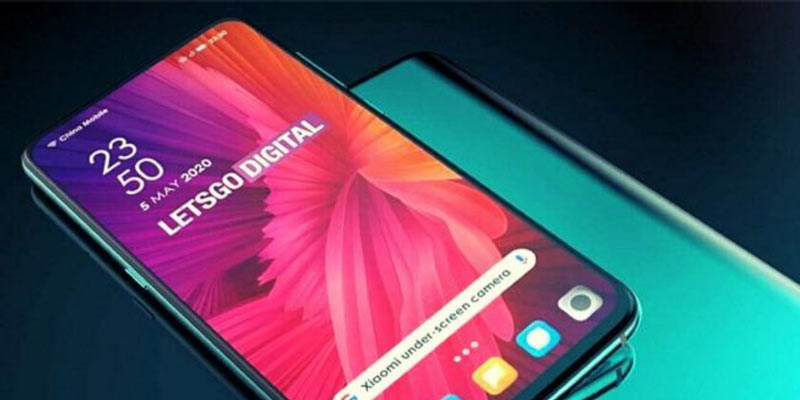
Which Phones Currently Have Under-Screen Cameras?
In 2020, ZTE Axon 20 5G was the first mobile phone to come out with an under-display camera technology. Later on, Samsung and Xiaomi also released their devices with this impressive feature. Plus, some renowned manufacturers, including Vivo, Oppo, and Realm, have also announced their prototype devices with under-screen cameras.
Here is a list of the mobile phones that currently have under-screen cameras:
- Vivo Apex 2020
- ZTE Axon 30 5g UDC
- Xiaomi Mi Mix 4
- Samsung Galaxy Z Fold 3 5G
- OPPO Reno 2Z
- Infinix S5 Pro
- OnePlus 7 Pro
- LG Wing
- Honor 9X
- Realme X
- Huawei Y9 Prime 2019
- Tecno Camon 15 Pro
The Bottom Line
In conclusion, designing a notch-less iPhone model is exciting, but there are significant technical complexities to overcome. However, Apple and its suppliers are working to tackle these challenges and use advanced under-screen camera technology for its future iPhones. Some major brands, such as ZTE, Xiaomi, and Samsung, have already made breakthroughs in this new piece of tech. Also, the world’s giant phone maker is expected to bring in under-panel Face ID for iPhone 17 Pro in 2025.
In the coming years, you can expect this technology to be imbibed in more and more smartphones. The under-screen camera technology is going to be more appealing for users, and it might even go beyond the mobile form factor. That means under-display camera technology will trickle down to mid-range and entry-level devices within a few years.
